CONFERENCE MARIE-ANNE SORBA, VIRGINIE FONSECA, TIAGO ANDRADE & ARCHEOTV
LES ORIGINES AFRICAINES DE L’HUMANITÉ
L’étincelle de l’art, réalisé par Tiago Andrade et Virginie Fonseca, aborde, de manière pédagogique et accessible, la Préhistoire au travers de la naissance de l’art. Comment l’homme en est arrivé à peindre et graver dans les grottes ou sur des rochers ? L’émergence progressive de la pensée symbolique a marqué les grandes étapes de l’évolution technologique et culturelle des hominidés. La bipédie et la domestication du feu ont joué un rôle majeur. C’est pendant cette longue période que les innovations importantes de l’histoire de l’humanité ont eu lieu. Les témoignages du Professeur Henry de LUMLEY, de Bertrand ROUSSEL et Patricia VALENSI abordent les grandes étapes de l’évolution de l’homme jusqu’à l’apparition de l’art et à transmettre ainsi, à travers le temps et de manière universelle, mythes, pensées religieuses, connaissances et conceptions du monde. Les témoignages des scientifiques sont complétés par des images et des interviews menées lors d’un tournage en Tanzanie, berceau de l’humanité.
THE AFRICAN ORIGINS OF HUMANITY
“L’étincelle de l’art”, which means “The Artistic Spark”, is a film directed by Tiago Andrade and Virginie Fonseca. The film details how prehistoric times can be explained through the birth of art in an educational and accessible way. How did man manage to paint and engrave inside caves or on rocks? The progressive emergence of symbolic thinking has led to the largest leaps in technical and cultural evolution in hominids. The bipedalism and the domestication of fire also played a major role. It is during this long period of time that the most important innovations in human history took place.
The testimony of Professor Hunrey de LUMLEY, Bertrand ROUSSEL and Patricia VALENSI address the stages in human history the great stages of the evolution of man until the appearance of art and thus to transmit, through time and in a universal way, myths, religious thoughts, knowledge and conceptions of the world. The testimonies of scientists are supplemented by images and interviews conducted during filming in Tanzania, the cradle of humanity.

